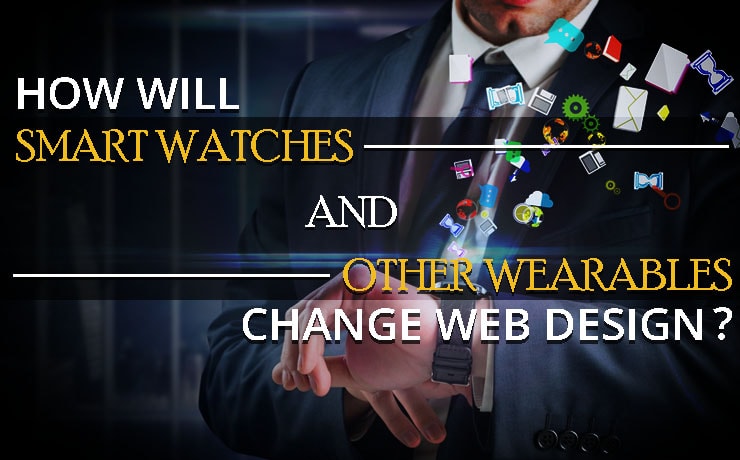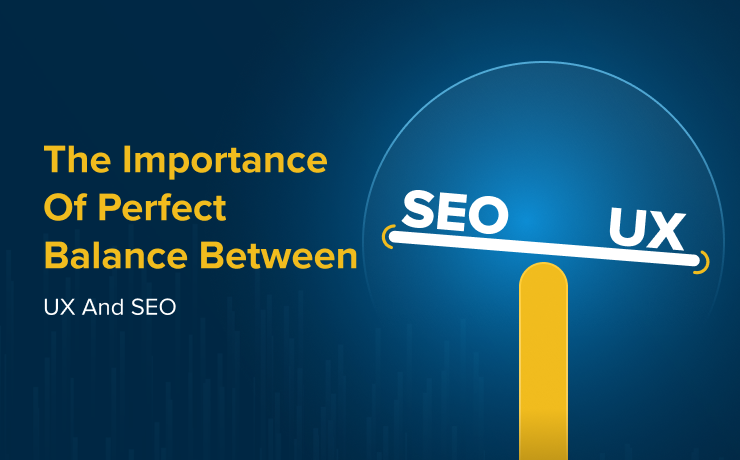How Will Smart Watches And Other ‘Wearables’ Change Web Design?

Chad Faith
Director of Content

If you had tried to predict the way that web design would evolve twenty years ago, there’s a good chance that you wouldn’t have gotten it right. While you might have made some guesses about resolutions increasing, you’d have been unlikely to have guessed just how important the role of mobile devices would become or how this would have ultimately impacted on design.
But seeing as that did happen, we’re in a better position now to predict how web design might change again with the advent of more yet disruptive technologies.
And one of the most obvious candidates for ‘technologies that could impact web design’ is of course the new category of wearable tech. How might things like Google Glass and the various new smart watches impact on web design?
Will We Ever Browse the Web on Smartwatches?
You might be tempted to write the idea of browsing the web on a smart watch off as being ridiculous. After all, the screen sizes are so small and input is so fiddly that it would hardly be worth it. Well of course, this is the kind of thinking that can end up getting you left behind and in fact there is already a browser for smartwatch owners available on the market. Though it’s not without its limitations, what this app and others like it show us is that there is a desire for people to be able to access the web on their watches – even if it’s just to be able to show off to friends.
And what this means, is that people are going to be looking for ways to make it work. It might not be obvious how that would operate right now but there are certainly options: whether it ends up relying on voice commands, gestures captured through a gyroscope or something entirely different.
It’s not impossible to imagine a browser that would show an abridged version of the content on the page either – perhaps without images, or maybe summarizing the content on the page to a few lines. We know the former is already possible, thanks to the success of Summly, while the use of structured data could help make this easier still.
Structured Data
Structured data in particular is interesting. Essentially, this is the standardized use of ‘markups’ on a web page that highlights interesting data points for robots and AIs to read. This allows Google to display its ‘rich snippets’ containing recipes and dates right on the front page by its results and in future it could allow a smart device to identify only the most crucial pieces of information to display.
This could happen in a standardized way in the future, but in the meantime you might have to do it manually by creating a ‘smart device version’ of your site, just as we once previously had mobile versions. This would be an incredibly minimal version of your website that might even just display your company name and phone number.
Location Wise
There are other factors to consider regarding wearable devices and web design too – one of the most interesting being the ‘location’ element. As people would likely still rather use a mobile device when sitting down, most sites they look at using a smartwatch will be sites that they need information quickly from while they’re on the move. Using location data, you might look at ways to help ensure that the most relevant information is front and center when they look at it.
Whatever happens, don’t rest on your laurels and assume it would be ‘ridiculous’ to browse a website on a smart watch. You might just find you end up getting left behind if you do!
 Free
Consultation
Free
Consultation Free
Google Ads Audit
Free
Google Ads Audit







